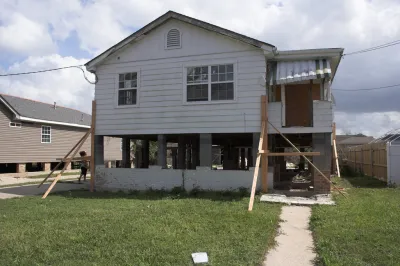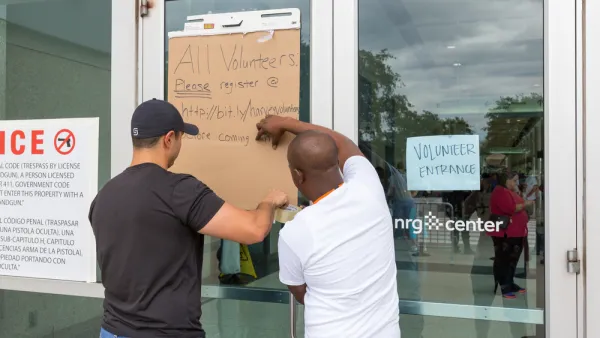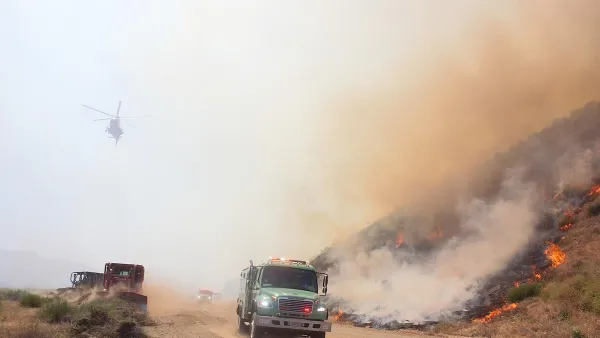New research shows that modern building codes have prevented around $27 billion in damage from natural disasters between 2000 and 2016, yet many cities still operate under decades-old regulations.

To adapt to the effects of rising sea levels, increasingly destructive wildfires, and longer storm seasons, many local governments have implemented updated building codes that recognize the realities of climate change and adapt building requirements to more adequately prepare for future disasters. These codes, which include increased elevation for houses in flood zones, wind-resistant roofs, and earthquake-safe construction requirements, save homes and businesses from billions of dollars in damage and make communities more resistant to the ravages of natural disasters. Yet recent research published by the Federal Emergency Management Agency(FEMA) shows that more than a third of new construction in the United States is happening in places with building guidelines that are more than 20 years old—or that have none at all.
While climate change arguments tend to get bogged down in partisan debates, agencies like FEMA have created "resiliency" initiatives as a way to garner bipartisan support for projects that boost infrastructure spending for weather-proofing homes and limiting damage from natural disasters. FEMA's Building Resilient Infrastructure and Communities program provides grant funding to local governments that want to update their building codes or strengthen enforcement of existing regulations. If implemented nationwide, FEMA estimates that updated building codes could accumulate up to $132 billion in avoided property losses by 2040.
FULL STORY: Updated Building Codes Prevent Billions in Disaster Damages. Many Localities Don’t Have Them in Place.

National Parks Layoffs Will Cause Communities to Lose Billions
Thousands of essential park workers were laid off this week, just before the busy spring break season.

Retro-silient?: America’s First “Eco-burb,” The Woodlands Turns 50
A master-planned community north of Houston offers lessons on green infrastructure and resilient design, but falls short of its founder’s lofty affordability and walkability goals.

Delivering for America Plan Will Downgrade Mail Service in at Least 49.5 Percent of Zip Codes
Republican and Democrat lawmakers criticize the plan for its disproportionate negative impact on rural communities.

Test News Post 1
This is a summary

Test News Headline 46
Test for the image on the front page.

Balancing Bombs and Butterflies: How the National Guard Protects a Rare Species
The National Guard at Fort Indiantown Gap uses GIS technology and land management strategies to balance military training with conservation efforts, ensuring the survival of the rare eastern regal fritillary butterfly.
Urban Design for Planners 1: Software Tools
This six-course series explores essential urban design concepts using open source software and equips planners with the tools they need to participate fully in the urban design process.
Planning for Universal Design
Learn the tools for implementing Universal Design in planning regulations.
EMC Planning Group, Inc.
Planetizen
Planetizen
Mpact (formerly Rail~Volution)
Great Falls Development Authority, Inc.
HUDs Office of Policy Development and Research
NYU Wagner Graduate School of Public Service





























